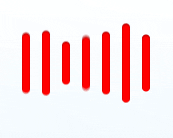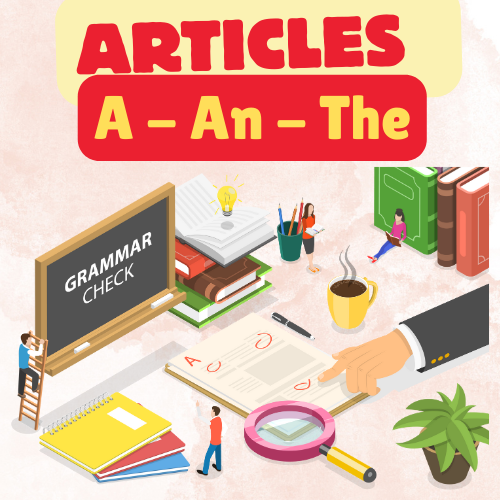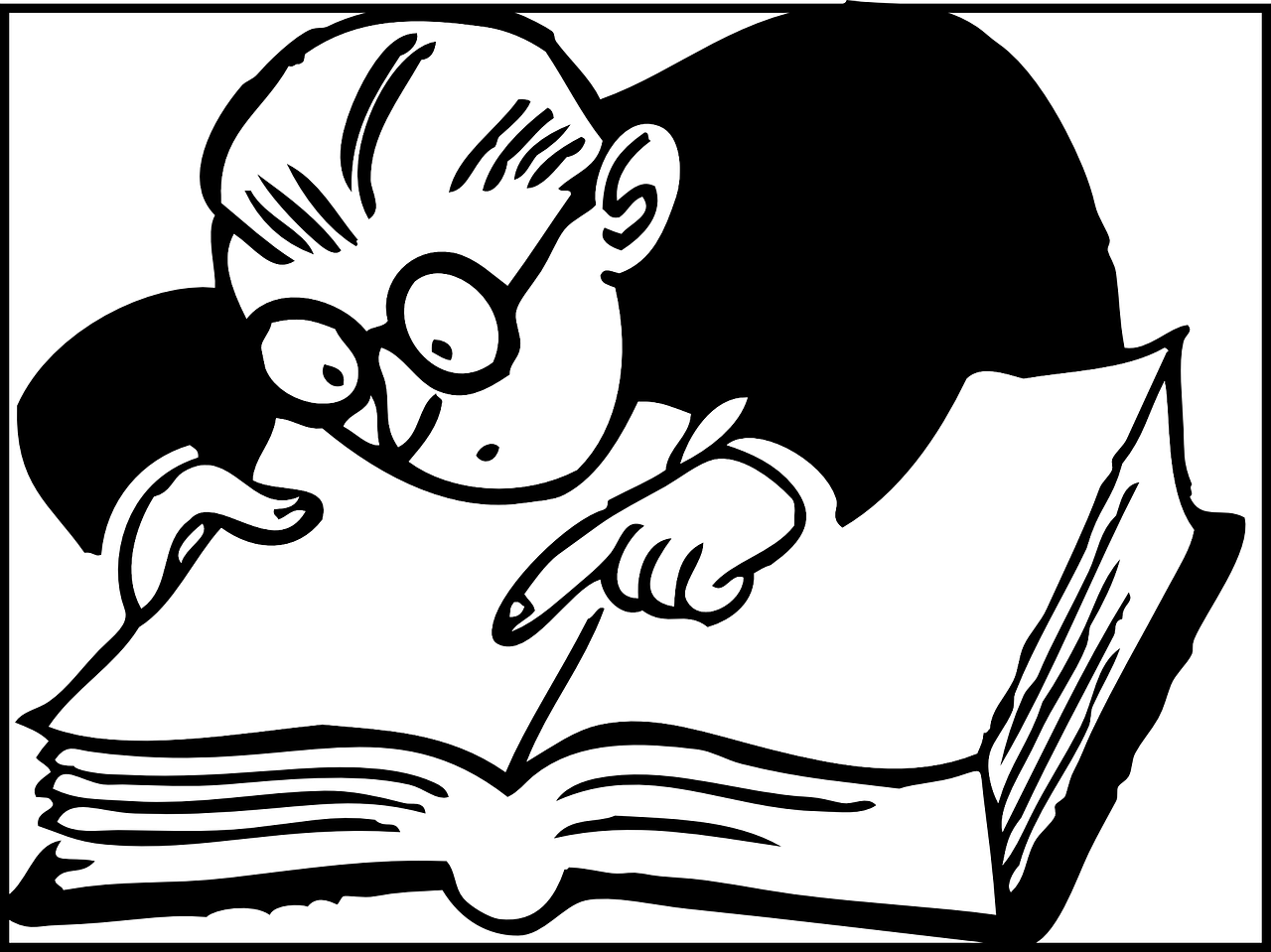

Introduction:
Welcome to our intermediate English learning lesson on articles! Articles are small but essential words used before nouns to indicate whether the nouns refer to specific or nonspecific items. Understanding how to use articles correctly is crucial for clear and precise communication in English. In this lesson, you will learn about the three types of articles: "a," "an," and "the." Let's explore how to use these articles to enhance your grammar skills!
Lesson Content:
Introduction to Articles:
Articles are words placed before nouns to clarify whether the nouns refer to specific or nonspecific items. There are three types of articles in English: "a," "an," and "the."
Indefinite Articles (a, an):
Definition: Indefinite articles are used before singular nouns to refer to nonspecific items or individuals.
Usage: Use "a" before words starting with consonant sounds and "an" before words starting with vowel sounds.
Examples:
"a cat"
"an apple"
Definite Article (the):
Definition: The definite article "the" is used before singular or plural nouns to refer to specific items or individuals previously mentioned or understood by both the speaker and the listener.
Usage: Use "the" to indicate specific nouns that are known to both the speaker and the listener.
Examples:
"the cat"
"the apples"
Usage of Articles:
Articles are used in various contexts to provide clarity and specificity in sentences. They can be used before singular countable nouns, plural countable nouns, uncountable nouns, and in specific contexts to indicate known or unknown items.
Examples of Sentences Demonstrating the Usage of Articles:
Indefinite Articles:
"I saw a cat in the garden."
"She bought an apple from the store."
Definite Article:
"The cat chased the mouse."
"I need the book on the table."
By mastering the use of articles, you can improve the accuracy and clarity of your sentences in English.
Introduction: Welcome to our intermediate English learning lesson on articles! Articles are small but essential words used before nouns to indicate whether the nouns refer to specific or nonspecific items.
Understanding how to use articles correctly is crucial for clear and precise communication in English.
In this lesson, you will learn about the three types of articles: "a," "an," and "the." Let's explore how to use these articles to enhance your grammar skills! Lesson Content: Introduction to Articles: Articles are words placed before nouns to clarify whether the nouns refer to specific or nonspecific items.
There are three types of articles in English: "a," "an," and "the." Indefinite Articles (a, an): Definition: Indefinite articles are used before singular nouns to refer to nonspecific items or individuals.
Usage: Use "a" before words starting with consonant sounds and "an" before words starting with vowel sounds.
Examples: "a cat" "an apple" Definite Article (the): Definition: The definite article "the" is used before singular or plural nouns to refer to specific items or individuals previously mentioned or understood by both the speaker and the listener.
Usage: Use "the" to indicate specific nouns that are known to both the speaker and the listener.
Examples: "the cat" "the apples" Usage of Articles: Articles are used in various contexts to provide clarity and specificity in sentences.
They can be used before singular countable nouns, plural countable nouns, uncountable nouns, and in specific contexts to indicate known or unknown items.
Examples of Sentences Demonstrating the Usage of Articles: Indefinite Articles: "I saw a cat in the garden." "She bought an apple from the store." Definite Article: "The cat chased the mouse." "I need the book on the table." By mastering the use of articles, you can improve the accuracy and clarity of your sentences in English.
|
|

A cat is sleeping on the chair.A cat is sleeping on the chair. |

An apple is on the table.An apple is on the table. |

thethe |

The dog is barking loudly.The dog is barking loudly. |

catcat |

The cat is chasing a mouse.The cat is chasing a mouse. |

dogdog |

The dog is running in the park.The dog is running in the park. |

appleapple |

She is eating an apple.She is eating an apple. |

bananabanana |

He likes to eat bananas.He likes to eat bananas. |

bookbook |

She is reading a book.She is reading a book. |

chairchair |

The chair is broken.The chair is broken. |

deskdesk |

The desk is made of wood.The desk is made of wood. |

elephantelephant |

The elephant is bathing in the river.The elephant is bathing in the river. |

flowerflower |

The flower smells nice.The flower smells nice. |

guitarguitar |

He is playing the guitar.He is playing the guitar. |

hathat |

She is wearing a hat.She is wearing a hat. |

ice creamice cream |

They are eating ice cream.They are eating ice cream. |

jacketjacket |

He is wearing a jacket.He is wearing a jacket. |

keykey |

The key is on the table.The key is on the table. |

lamplamp |

Turn off the lampTurn off the lamp |

please.please. |

mousemouse |

The mouse is hiding in the corner.The mouse is hiding in the corner. |

notebooknotebook |

She writes in her notebook every day.She writes in her notebook every day. |

orangeorange |

She is peeling an orange.She is peeling an orange. |

pencilpencil |

He is sharpening a pencil.He is sharpening a pencil. |

quiltquilt |

The quilt is warm and cozy.The quilt is warm and cozy. |

rugrug |

The rug is on the floor.The rug is on the floor. |

spoonspoon |

Use a spoon to eat soup.Use a spoon to eat soup. |

tabletable |

They are sitting at the table.They are sitting at the table. |

umbrellaumbrella |

She is holding an umbrella.She is holding an umbrella. |

violinviolin |

He is playing the violin.He is playing the violin. |

watchwatch |

She is wearing a watch.She is wearing a watch. |

xylophonexylophone |

The xylophone makes a beautiful sound.The xylophone makes a beautiful sound. |

yogurtyogurt |

She likes to eat yogurt.She likes to eat yogurt. |

zebrazebra |

The zebra has black and white stripes.The zebra has black and white stripes. |

airportairport |

They are waiting at the airport.They are waiting at the airport. |

beachbeach |

We are going to the beach tomorrow.We are going to the beach tomorrow. |

citycity |

The city is busy and noisy.The city is busy and noisy. |

desertdesert |

The desert is hot and dry.The desert is hot and dry. |

forestforest |

The forest is full of trees.The forest is full of trees. |

gardengarden |

She likes to relax in the garden.She likes to relax in the garden. |

hospitalhospital |

He works at the hospital.He works at the hospital. |

islandisland |

The island is surrounded by water.The island is surrounded by water. |

junglejungle |

The jungle is home to many animals.The jungle is home to many animals. |

kitchenkitchen |

She is cooking in the kitchen.She is cooking in the kitchen. |

librarylibrary |

He likes to read at the library.He likes to read at the library. |

mountainmountain |

They are climbing the mountain.They are climbing the mountain. |

nurserynursery |

The nursery is filled with colorful toys.The nursery is filled with colorful toys. |

oceanocean |

The ocean is vast and deep.The ocean is vast and deep. |

parkpark |

They are having a picnic in the park.They are having a picnic in the park. |

riverriver |

The river flows gently.The river flows gently. |

schoolschool |

She goes to school every day.She goes to school every day. |

theatertheater |

They are watching a movie at the theater.They are watching a movie at the theater. |

universityuniversity |

He is studying at the university.He is studying at the university. |

valleyvalley |

The valley is lush and green.The valley is lush and green. |

waterfallwaterfall |

The waterfall is stunning.The waterfall is stunning. |

xylophonexylophone |

She is playing the xylophone.She is playing the xylophone. |

yachtyacht |

They are sailing on a yacht.They are sailing on a yacht. |

zoozoo |

They are visiting the zoo.They are visiting the zoo. |
Congratulations! You have now learned about the different types of articles and how to use them correctly.
Practice using "a," "an," and "the" in various contexts to strengthen your grammar skills and enhance your ability to communicate effectively in English.